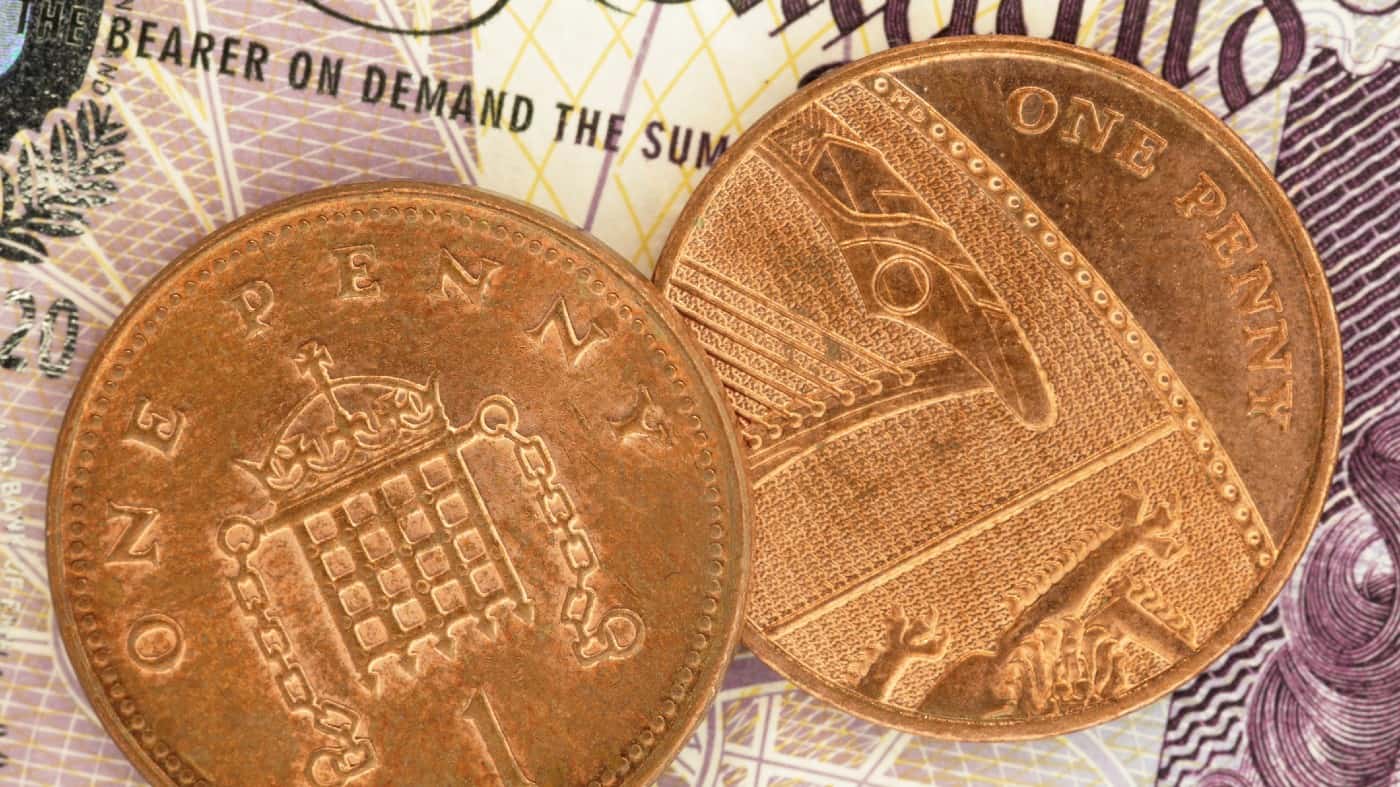What is the right way to use my annual tax-free investment allowance? Normally I invest in large blue-chip companies like British American Tobacco. But should I allocate at least some of my portfolio to penny shares — or maybe even load up on them in a big way?
Shares like De La Rue sell for pennies each now, but if they increase enough in value, they could be lucrative for me. If the banknote printer simply sees its share price return to where it stood a year ago, investing in De La Rue now could mean I double my money.
Setting an investment strategy
It is easy to be distracted as an investor.
Should you invest £1,000 in Rio Tinto right now?
When investing expert Mark Rogers has a stock tip, it can pay to listen. After all, the flagship Motley Fool Share Advisor newsletter he has run for nearly a decade has provided thousands of paying members with top stock recommendations from the UK and US markets. And right now, Mark thinks there are 6 standout stocks that investors should consider buying. Want to see if Rio Tinto made the list?
De La Rue has its challenges, such as the declining use of banknotes, but it has unique competitive advantages and promising opportunities beyond banknotes. British American Tobacco has an attractive dividend yield of 7.8%, but it is in a mature industry where growth is hard to find.
Some companies look ripe for a turnaround, with share prices in pennies. Others like Judges Scientific have excellent growth prospects – but pricy valuations.
With so many different opportunities, what ought the role of penny shares to be in my ISA?
I think the easiest way for me to decide that is to set an overall investment strategy that lays out my priorities and how I think I might best achieve them.
Growth or income
For example, is my focus income, growth, or both?
Some shares offer the prospect of both (DCC is an example from my own portfolio). But in many cases, shares with strong income prospects lack amazing growth potential and vice versa.
I have a long investing timeframe, so am happy to own some growth shares that I think may take years to prove their worth. But I also like to use dividends from shares as a source of extra income here and now.
Another important consideration is risk tolerance. This is different for each individual. Although some risk is inevitable in the stock market, personally I try to manage risk tightly. I do not just look at possible return, but also seriously consider and weigh risks.
The role of penny shares
In fact, risk management is one reason I buy penny shares only occasionally – and only let them account for a fairly small percentage of my ISA holdings.
A lot of penny stocks are in businesses with unproven prospects and in some cases an undeveloped market. Larger companies that have proven their business model are not necessarily less risky. But in general I am more comfortable investing in firms that have significant critical mass and are already highly profitable. Many penny shares do not meet those criteria.
Just because shares sell for pennies each does not necessarily make them cheap. The value they offer me depends on the long-term financial prospects of the business concerned.
So, when thinking about how to allocate my portfolio, I see a potential role for penny shares — but a limited one. I use the same criteria to assess them as I do for all shares. I weigh risks and rewards. And I also consider whether the current price offers me value compared to what I think the business will be worth in future.
Please note that tax treatment depends on the individual circumstances of each client and may be subject to change in future. The content in this article is provided for information purposes only. It is not intended to be, neither does it constitute, any form of tax advice. Readers are responsible for carrying out their own due diligence and for obtaining professional advice before making any investment decisions.








